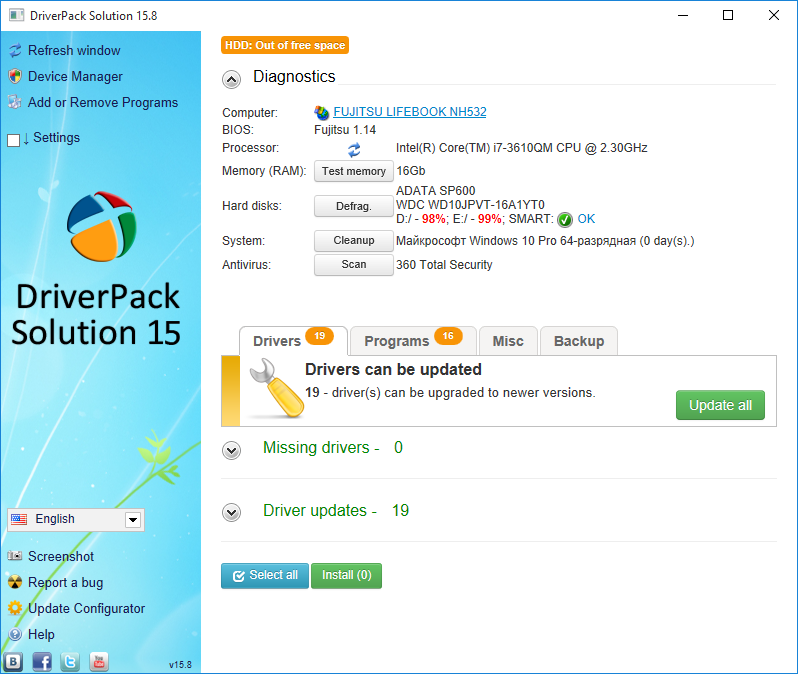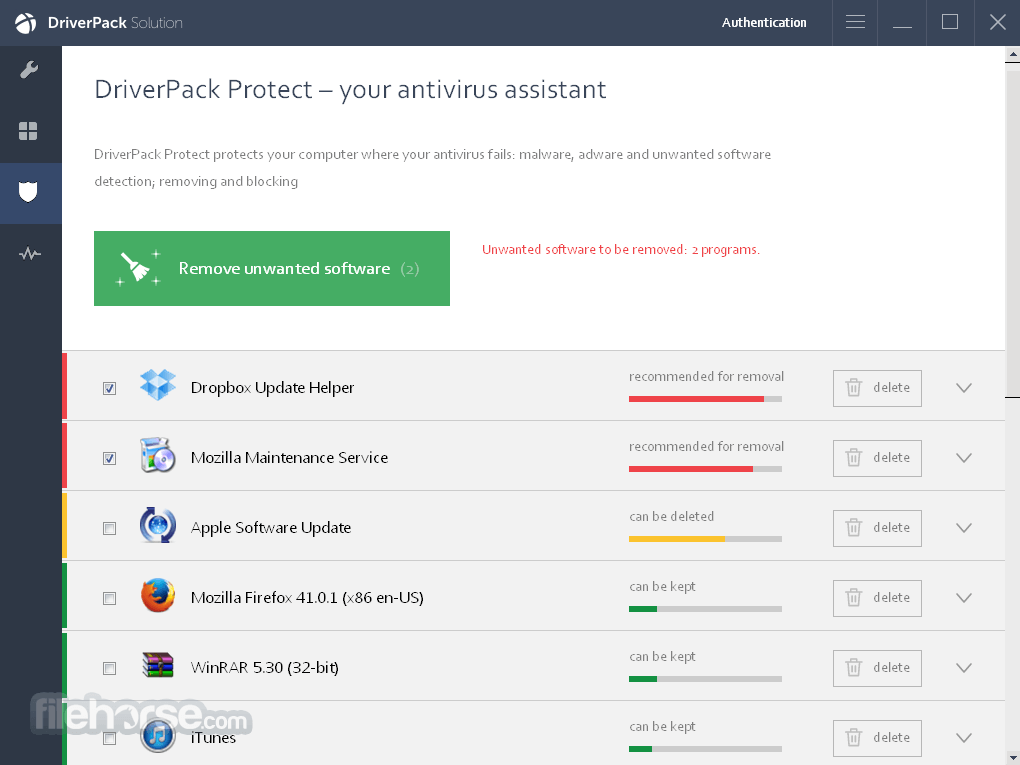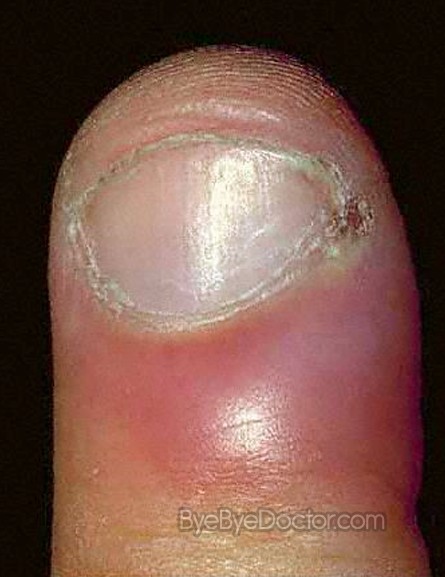Recreational drug use is the use of a drug (legal, controlled, or illegal) with the primary intention of altering the state of consciousness through alteration of the central nervous system in order to create positive emotions and feelings. The hallucinogen LSD is a psychoactive drug commonly used as a recreational drug. Some national laws prohibit the use of different recreational drugs; and. We believe drug policies should be based on science, compassion, health, and human rights not fear and stigma. We promote policies and attitudes that reduce the harms of both drug use and drug prohibition. Drug addiction, also called substance use disorder, is a disease that affects a person's brain and behavior and leads to an inability to control the use of a legal or illegal drug or medication. Substances such as alcohol, marijuana and nicotine also are considered drugs. The Drug Policy Alliance envisions a just society in which the use and regulation of drugs are grounded in science, compassion, health and human rights, in which people are no longer punished for what they put into their own bodies but only for crimes committed against others, and in which the fears, prejudices and punitive prohibitions of today are no more. Bioterrorism, drug preparedness and natural disaster response. While each drug produces different physical effects, all abused substances share one thing in common: repeated use can alter the way the brain functions. This includes commonly abused prescription medications as well as recreational drugs. Drug addiction is a chronic disease characterized by compulsive, or uncontrollable, drug seeking and use despite harmful consequences and changes in the brain, which can be long lasting. The Office of National Drug Control Policy (ONDCP) works to reduce drug use and its consequences by leading and coordinating the development, implementation, and assessment of U. Results from the 2013 National Survey on Drug Use and Health: Summary of National Findings U. DEPARTMENT OF HEALTH AND HUMAN SERVICES Substance Abuse and Mental Health Services Administration Cannabis, also known as marijuana among other names, is a psychoactive drug from the Cannabis plant used for medical or recreational purposes. The main psychoactive part of cannabis is tetrahydrocannabinol (THC), one of 483 known compounds in the plant, including at least 65 other cannabinoids. Cannabis can be used by smoking, vaporizing, within food, or as an extract. An opiate (narcotic) drug processed from morphine and extracted from certain poppy plants. Heroin comes in a white or brownish powder, or a black sticky substance known as black tar heroin. Browse dietary supplements and herbal remedies to learn about their effectiveness, usual dosage, and drug interactions. Monitoring the Future is an ongoing study of the behaviors, attitudes, and values of American secondary school students, college students, and young adults. Each year, a total of approximately 50, 000 8th, 10th and 12th grade students are surveyed (12th graders since 1975, and 8th and 10th graders since 1991). SEE DISCLAIMER REGARDING USE OF THIS GUIDE 3 I PREFACE Preface Drug removal during dialysis is frequently of interest to those caring for patients receiving Some states are considering legislation to require welfare recipients and those that receive public assistance to submit to drug tests and testing. The 2017 Monitoring the Future College Students and Young Adults survey shows trends in the use of marijuana, alcohol, nicotine, and synthetic drugs in college students and noncollege peers. In 2016, 63, 632 drug overdose deaths occurred in the United States. The ageadjusted rate of overdose deaths increased significantly by 21. Drugs, substances, and certain chemicals used to make drugs are classified into five (5) distinct categories or schedules depending upon the drugs acceptable medical use and the drugs abuse or dependency potential. We are a nonprofit that supports families struggling with their son or daughter's substance use. Prescription drug information and news for professionals and consumers. Search our drug database for comprehensive prescription and patient information on 24, 000 drugs online. Teens, Parents, and Teachers get the latest facts on how drugs affect the brain and body. Featuring videos, games, blog posts and more. The United States Department of Health and Human Services (HHS) is committed to addressing opioid abuse, dependence, and overdose. HHS has developed a fivepoint comprehensive strategy: (1) better data, (2) better pain treatment, (3) more addiction prevention, treatment, and recovery services, (4) more overdose reversers, and (5) better research..











